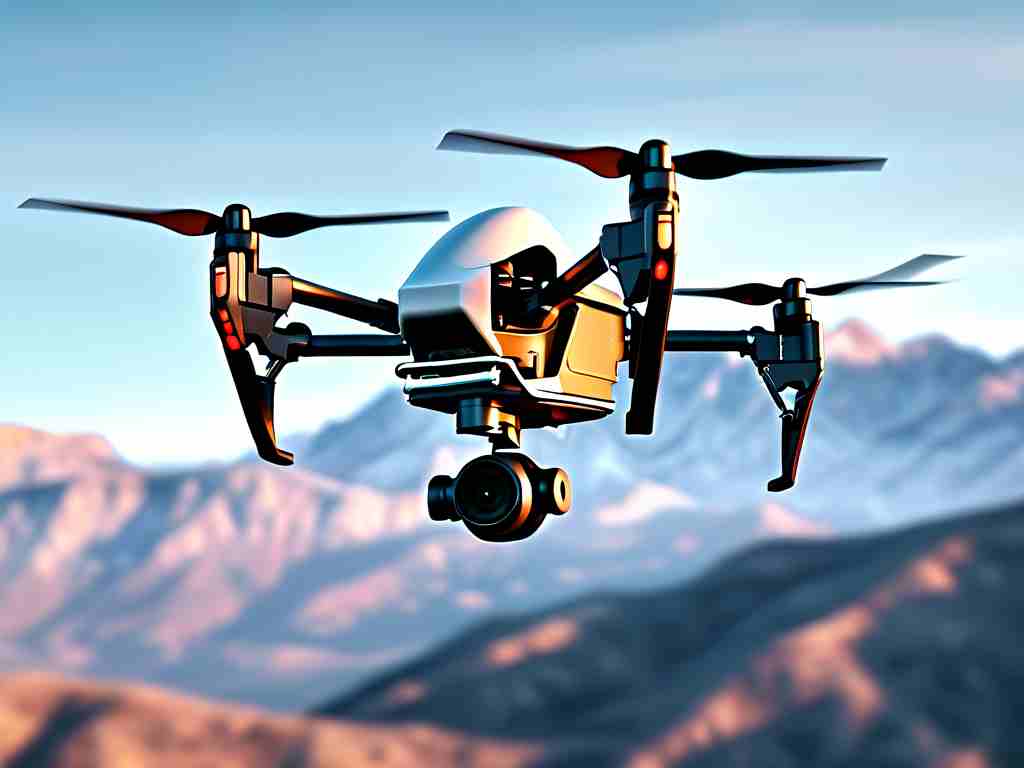Embedded flight control development represents a cutting-edge field where specialized software and hardware integrate to manage aerial vehicles like drones and aircraft. This discipline combines real-time computing with precision algorithms to ensure stable flight, navigation, and safety. As demand surges in commercial and defense sectors, developers face unique challenges in creating robust systems that operate under strict resource constraints.

One core aspect involves designing flight controllers using microcontrollers or FPGAs, often programmed in C or C++ for efficiency. For instance, a basic PID (Proportional-Integral-Derivative) controller code snippet illustrates how developers maintain stability:
#include <stdint.h>
typedef struct {
float kp, ki, kd;
float integral, prev_error;
} PIDController;
float pid_update(PIDController *pid, float setpoint, float measurement, float dt) {
float error = setpoint - measurement;
pid->integral += error * dt;
float derivative = (error - pid->prev_error) / dt;
float output = (pid->kp * error) + (pid->ki * pid->integral) + (pid->kd * derivative);
pid->prev_error = error;
return output;
}
This code helps adjust motor speeds based on sensor feedback, demonstrating the real-time responsiveness required. Developers must optimize such code for minimal latency and memory usage, as embedded platforms often have limited processing power.
Challenges in this domain include ensuring reliability in harsh environments. Flight controllers must handle variables like wind gusts or sensor failures without crashing. Safety-critical standards like DO-178C in aviation mandate rigorous testing, including simulations and hardware-in-the-loop (HIL) setups. These tests validate that systems perform flawlessly during unexpected events, such as sudden altitude drops or communication losses.
Resource limitations add another layer of complexity. Embedded systems typically run on small chips with constrained RAM and flash storage. Developers employ techniques like fixed-point arithmetic instead of floating-point to save cycles, or use real-time operating systems (RTOS) such as FreeRTOS for task scheduling. This ensures that high-priority functions like attitude control execute without delay, even when lower-level tasks are running.
Integration with modern technologies drives innovation. For example, combining flight control with AI enables autonomous navigation in drones. Machine learning models can predict turbulence or optimize routes, but embedding them requires lightweight frameworks like TensorFlow Lite. This fusion allows for smarter decision-making in real time, such as avoiding obstacles using computer vision algorithms.
The development process starts with requirements analysis, where engineers define flight modes and failure modes. Next, they prototype algorithms using tools like MATLAB/Simulink for modeling. Once simulated, code is ported to target hardware, followed by extensive debugging with oscilloscopes and logic analyzers. Field testing in actual flight conditions is crucial to catch edge cases not covered in labs.
Looking ahead, trends like edge computing and 5G connectivity promise faster data processing for embedded flight systems. However, cybersecurity threats loom large; encrypted communication protocols are essential to prevent hijacking. Ethical considerations also arise, such as ensuring drones comply with privacy regulations.
In , embedded flight control development is pivotal for advancing aerospace technology. By mastering real-time constraints and leveraging innovations, developers create systems that enhance safety and efficiency, paving the way for smarter, autonomous aerial solutions in industries from delivery services to disaster response.



